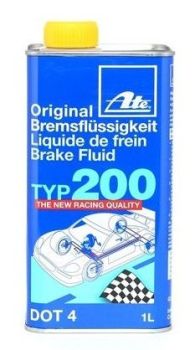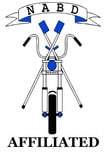What is brake fluid for?
Posted on
A hydraulic braking system without proper brake fluid is a bit like a heart without blood. The brake fluid is what transmits the force applied to the brake lever to the front and rear brakes, stopping the motorcycle. As you pull the lever, the bike’s master cylinder is activated, creating hydraulic pressure. As the fluid is pushed through the brake lines, this pressure is transferred to the pistons in the calipers, which then press the pads against the brake discs. The friction created as the pads come into contact with the metal discs causes the wheels to slow down, converting kinetic energy into heat energy.
This hydraulic process requires a non-compressible fluid with a high boiling point so that it is able to effectively transmit pressure and withstand high braking temperatures. It should also effectively protect the metal components. The viscosity also has an impact on braking performance. Low viscosity brake fluid is often the preferred option for modern anti-locking braking systems (ABS) as a thinner fluid can easily travel through the small passageways and channels in the system.
Types of motorcycle brake fluid
|
Rating |
Dry boiling point (no water) |
Wet boiling point (with water) |
|
DOT 3 |
205° C |
140° C |
|
DOT 4 |
230° C |
155° C |
|
DOT 5 |
260° C |
180° C |
|
DOT 5.1 |
260° C |
180° C |
Nowadays, the vast majority of motorbikes use DOT 4 products. For example, the ATE brake fluid 03.9901-6202.2 is a popular choice for motorcycles and sports vehicles. The Typ 200 racing-quality product comes in a 1-litre can. It is compatible with other glycol-based types. Thanks to the high-quality metal container, the product has a long shelf life, and the additives in the formula protect against corrosion and deterioration. DOT 4 also offers significant advantages over DOT 3 fluid and is cheaper than DOT 5.1 products. 
When to change your motorcycle brake fluid
As mentioned before, glycol-based fluids attract water over time causing them to deteriorate. Although some brake fluid formulas last longer than others, most vehicle manufacturers recommend changing the fluid every 2 years, just to be on the safe side. Signs that it needs to be replaced include a spongy or bouncy brake pedal, strange noises or odours when braking, poor braking performance, and an illuminated ABS dashboard light. The type of fluid required is normally specified on the master cylinder reservoir cap.
article supplied




Add a comment: